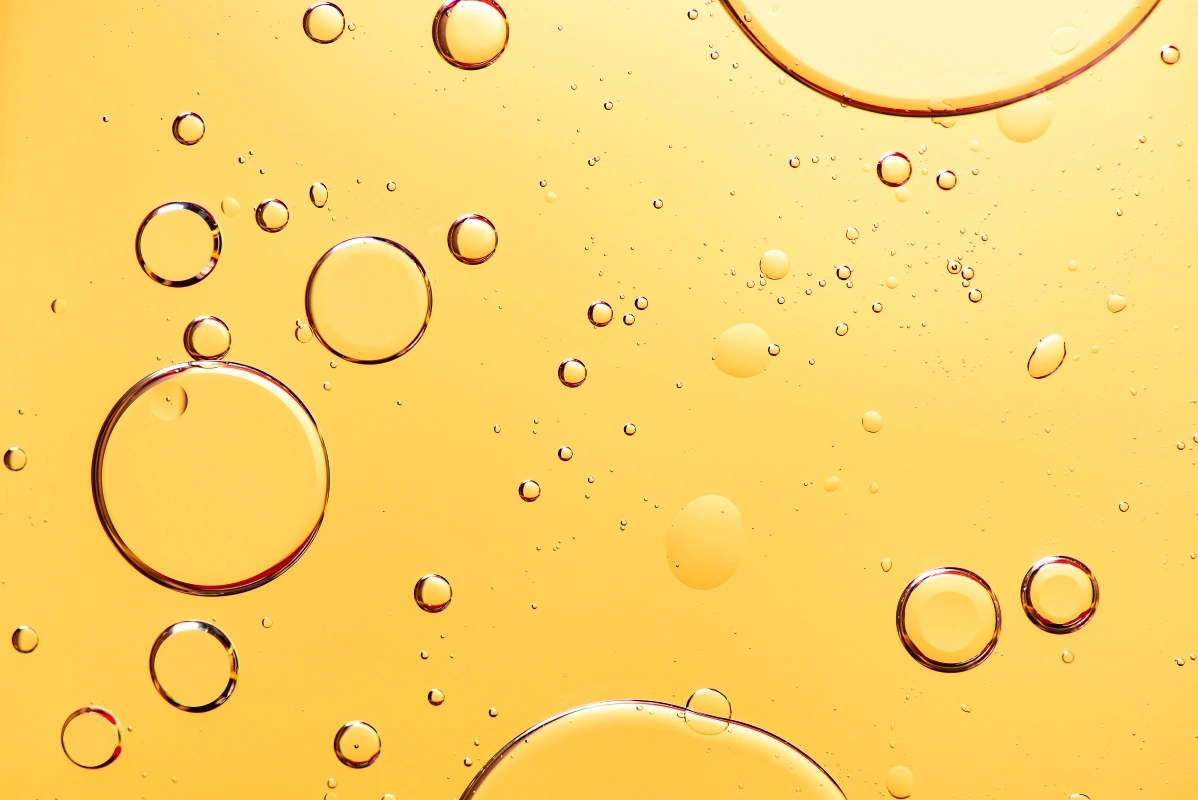Supporting the clean energy transition with chemicals
The seeds or fruit of plants are the most important source of renewable oil. Some is recovered as a byproduct from conversion of corn to ethanol used in fuel. Other sources include oil extracted from non-food seed crops grown on marginal lands and off-spec canola and soybean oils. Still others include cooking oil, oil from grease traps in restaurants, and tallow from meat rendering. Unlocking the hydrocarbon content of these “surface oils” offers the possibility to reduce the demand for “below surface” crude oil (petroleum).
But that is not easy because of the way oxygen is bound up in renewable oils. Removing that oxygen is necessary to maximize their usefulness as feedstocks for chemicals and fuels. The challenge is to do quickly what happened in the geological time frames that eliminated oxygen from petroleum. And that’s exactly what Aduro scientists figured out how to do. Chemical reactions that selectively eliminate oxygen from renewable oils produce high purity hydrocarbons that can serve as feedstocks for fuels and chemicals normally produced from petroleum. The process can be configured for stand- alone operation or integrated with existing biofuel operations to increase their efficiency.






